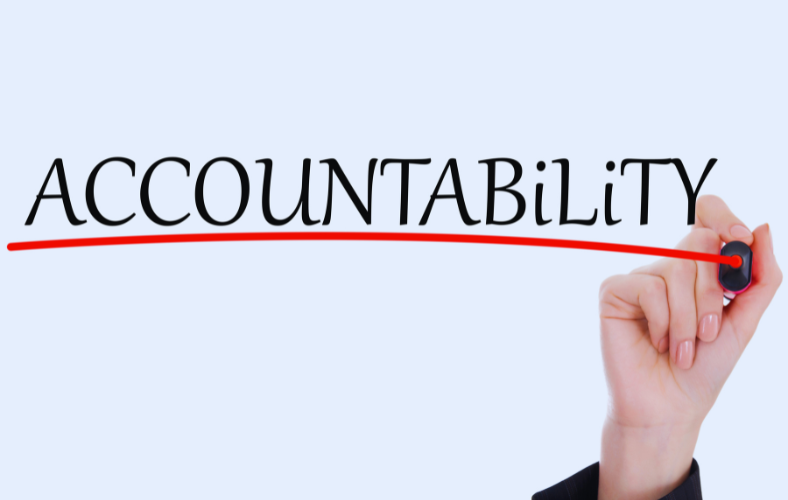In EOS, or the Entrepreneurial Operating System, “ways of working” refers to the structure and habits that guide how a business runs day to day. It’s about more than setting goals—it’s how your team meets, solves problems, tracks progress, and stays aligned.
EOS gives teams a clear path forward. It replaces confusion with structure, and reaction with intention. These ways of working don’t just create order—they drive real growth. For companies with growing teams and shifting priorities, having the right systems in place can make all the difference.
Many teams begin building EOS with internal leadership, but others bring in affordable fractional COO support to establish and lead these new rhythms without overextending their budget.
The Core Habits of EOS
EOS companies follow a set of core habits that help everything run smoothly. These include:
- Weekly Level 10 Meetings to keep teams aligned and resolve issues.
- Quarterly Rocks to stay focused on the top priorities.
- Accountability Charts to establish clear roles and responsibilities.
- Scorecards to monitor key metrics consistently.
These habits keep the team focused and moving in the same direction. Everyone knows what to expect each week, what they’re responsible for, and how success is measured.
These EOS rhythms can feel like a big change at first, but they become natural over time. In fast-moving startups, a fractional operations leader helps startups scale by installing and managing these systems without slowing the team down.
Why EOS Habits Matter

Good habits create strong teams. In EOS, these habits are consistent and predictable. Teams know when meetings happen, what issues will be solved, and how to measure progress. There’s no guesswork. That creates a steady rhythm and helps eliminate confusion or repeated conversations.
When teams adopt EOS ways of working, they spend less time fixing mistakes or wondering what to do next. Instead, they focus on progress and problem-solving.
For this to work, everyone has to follow the same process. It takes time and discipline—but the payoff is a healthier, more focused company.
Tools That Support EOS Ways of Working
EOS tools make the system simple and effective. Some of the most common ones include:
- Vision/Traction Organizer (V/TO) to define long-term vision and near-term goals.
- Issues List to capture, prioritize, and resolve challenges fast.
- 90-day Rocks to lock in quarterly priorities.
- Weekly Scorecards to track the metrics that matter.
Leaders often ask what belongs in an EOS scorecard. The answer is 5 to 15 weekly numbers that reflect key activities in the business. These are metrics that, if they go off track, signal something bigger is wrong. These numbers help leaders take action before problems grow.
Roles That Keep EOS on Track
EOS works best when there’s someone leading the process. That’s where the Integrator comes in. The Integrator manages the day-to-day and ensures that everyone is following the EOS system.
Not every company has an in-house Integrator or COO. In these cases, business owners consider bringing in outside help. But choosing the right type of support matters. That’s why many founders spend time choosing between fractional COO and operations consultant to get the right balance of execution and strategy.
An operations consultant may offer advice and planning. A fractional COO, on the other hand, often takes on a leadership role inside the business by owning meetings, scorecards, Rocks, and team alignment.
Building a Culture of Accountability

The EOS way of working creates a culture where everyone is responsible for results. Team members know their roles. Progress is measured weekly. Issues are solved quickly, not pushed off.
This culture doesn’t happen overnight. It starts with the leadership team committing to the system and it grows stronger every quarter. Accountability builds confidence, and confidence builds momentum.
It helps to have someone in the business who owns this process. That’s why many high-growth companies turn to fractional COO support during key growth phases to make sure EOS habits stick.
Final Thoughts
The EOS ways of working are built around structure, rhythm, and discipline. They help teams communicate better, solve problems faster, and stay focused on what matters most.
Whether you’re just starting out with EOS or refining your current system, having the right leader to guide the process can make a big difference. If you’re scaling fast or facing growing pains, it may be time to explore the value of EOS and how the right support can help you get the most out of it.
EOS isn’t just about tools; it’s about creating habits that last. And for many teams, that starts with the steady hand of a fractional operations leader through structure and clarity.
See how tailored EOS can transform your business with COO talent typically reserved for $100M+ companies at less than half the cost of a full-time hire. Contact ScaleUpExec today to learn more.







